5 Ideas for Kids Who Hate to Read
This post may contain affiliate links.
 What do you do when your child hates to read? It’s painful to see your child struggle and feel such negative emotions. No doubt you’re wondering what you can do at home to help your child learn to love reading. (Or at least like it.)
What do you do when your child hates to read? It’s painful to see your child struggle and feel such negative emotions. No doubt you’re wondering what you can do at home to help your child learn to love reading. (Or at least like it.)
Try these 5 easy ideas at home with your reluctant reader. You can help your child’s reading confidence. Once a child is a more confident reader, he or she will be less likely to hate it.
MODEL
Read the page or sentence to your child. Let them whisper read with you, or echo read just after you.
ABANDON
Don’t force your child to continue reading a book that is too hard for them.
CHOICE
Let kids pick books on topics they’re interested in reading. Even if you aren’t.
COMICS
Try comic books or graphic novels. 8 reasons why.
SHARE
Read a book with your child in a book club style where you both talk about the book. Have your child ask you questions about your favorite part.
Kids are like puzzles. Find what pieces fit for them and enjoy the journey of discovery.
Don’t forget to read yourself. Your kids are watching.

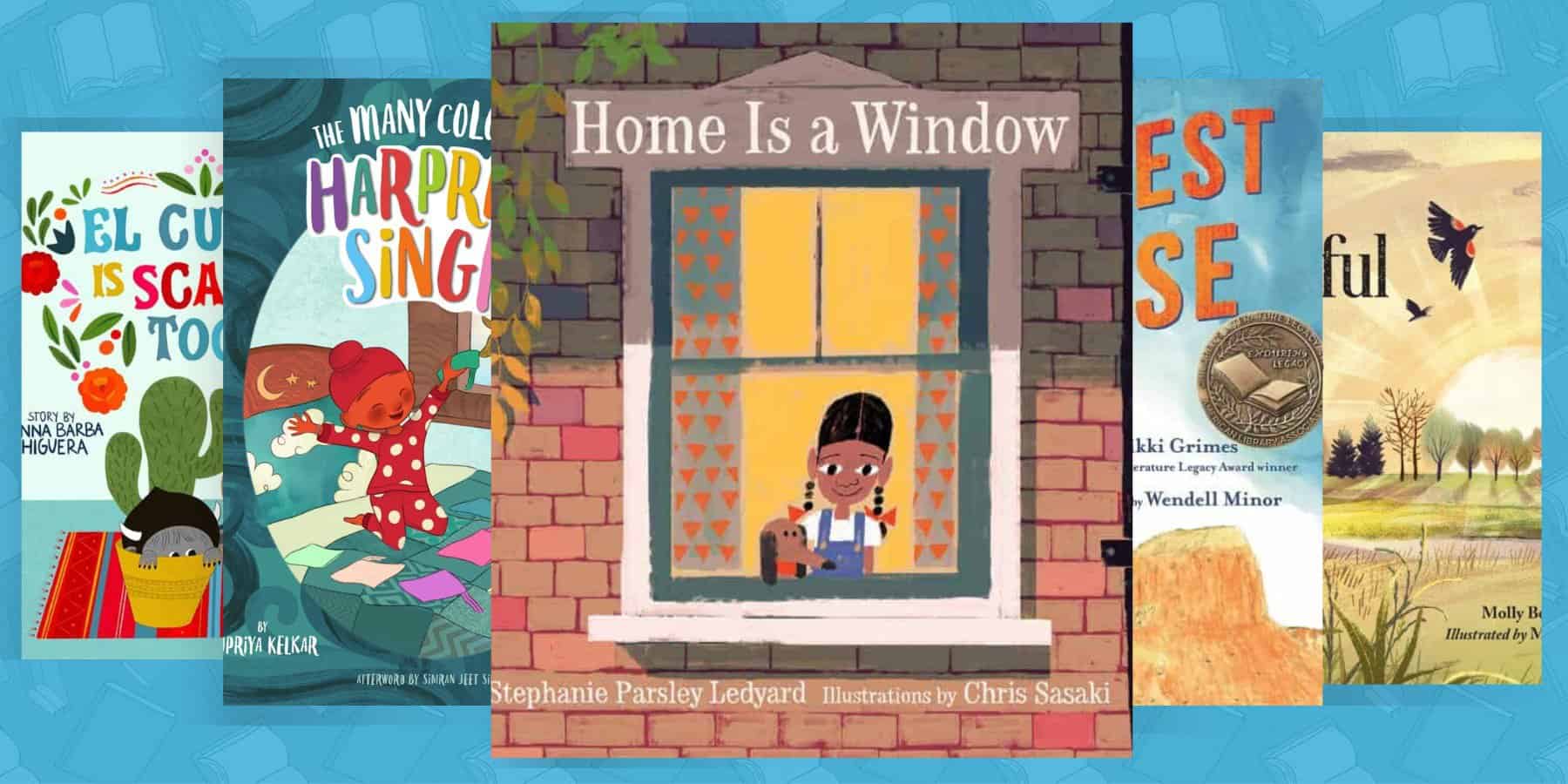
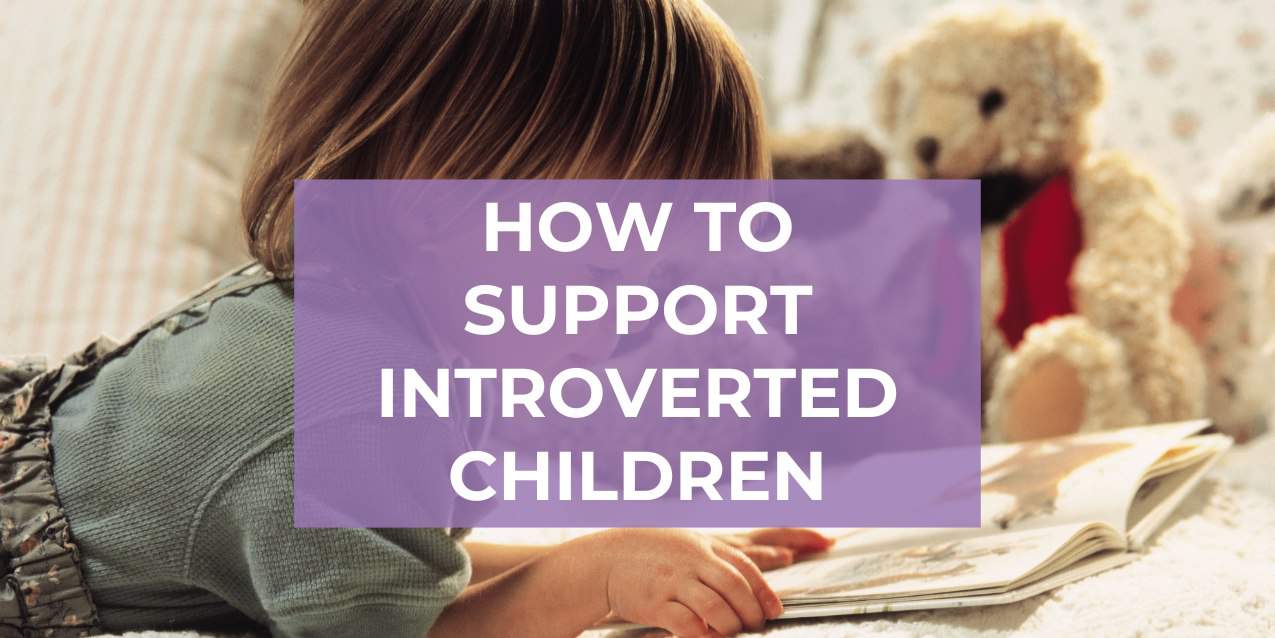
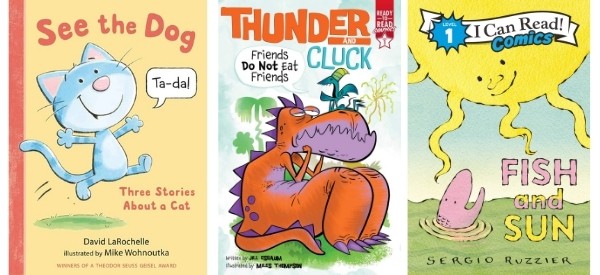
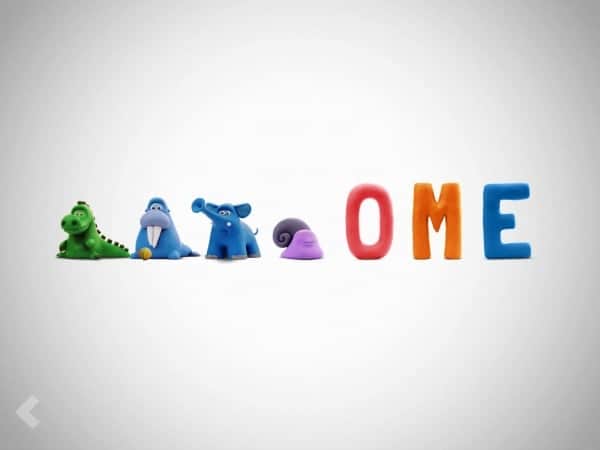
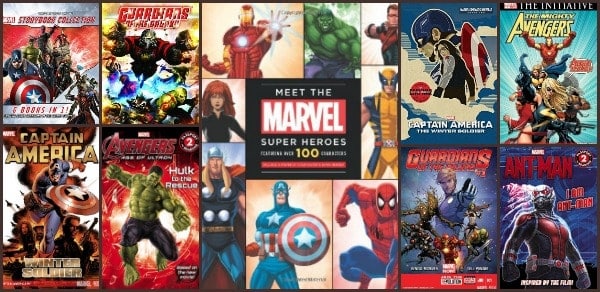
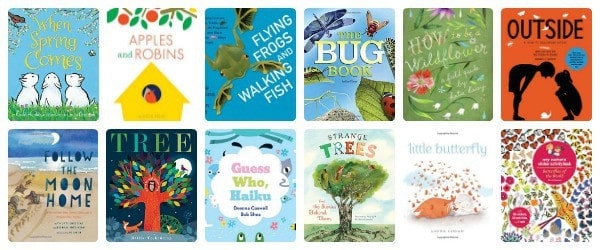
Thank you for the idea, the main problem with me also that I lose interest in finishing her book with her. I will try on the recommended steps again.
My 5-year-old has never liked it, not even as a toddler. I struggle because I don’t want to force it if he hates it and make him hate it more, but he HAS to do it. These are great ideas, I really hope some of them work.
If a child hates reading, perhaps it is because the way he is being taught sets up inefficient pathways in the brain. Inefficient processing makes reading hard work, and not fun (no matter how interesting the subject matter). Memorizing the appearance of words is a pattern recognition task. The right side of the brain is best at pattern recognition. Brain research shows that struggling readers use the right side of their brain, probably using pattern recognition strategies. But intervention with phonics not only improves their reading, but moves the brain activation to the left side where the meaning and pronunciation of words are stored. Learning to sound-out words is a better way to make sure that the 3 critical elements of reading–the visual appearance, the pronunciation, and the meaning are all stored together in the left hemisphere of the brain. With practice, the child no longer has to sound-out the words because the visual appearance is stored in the left side, and is efficiently connected to the meaning and the pronunciation of the word. A child will stop hating reading when reading is easy. Reading will be easy when reading pathways are efficient.
Thanks so much for your kind comments, friends! I respect your websites tremendously – it means a lot.
Warmly,
Melissa
I’m just echoing what others have said. These are great and easy for busy parents to digest. Thank you!